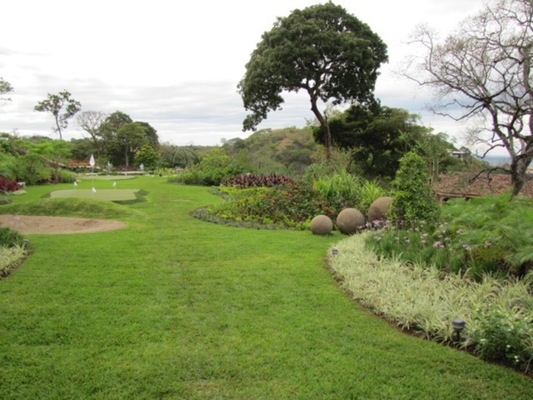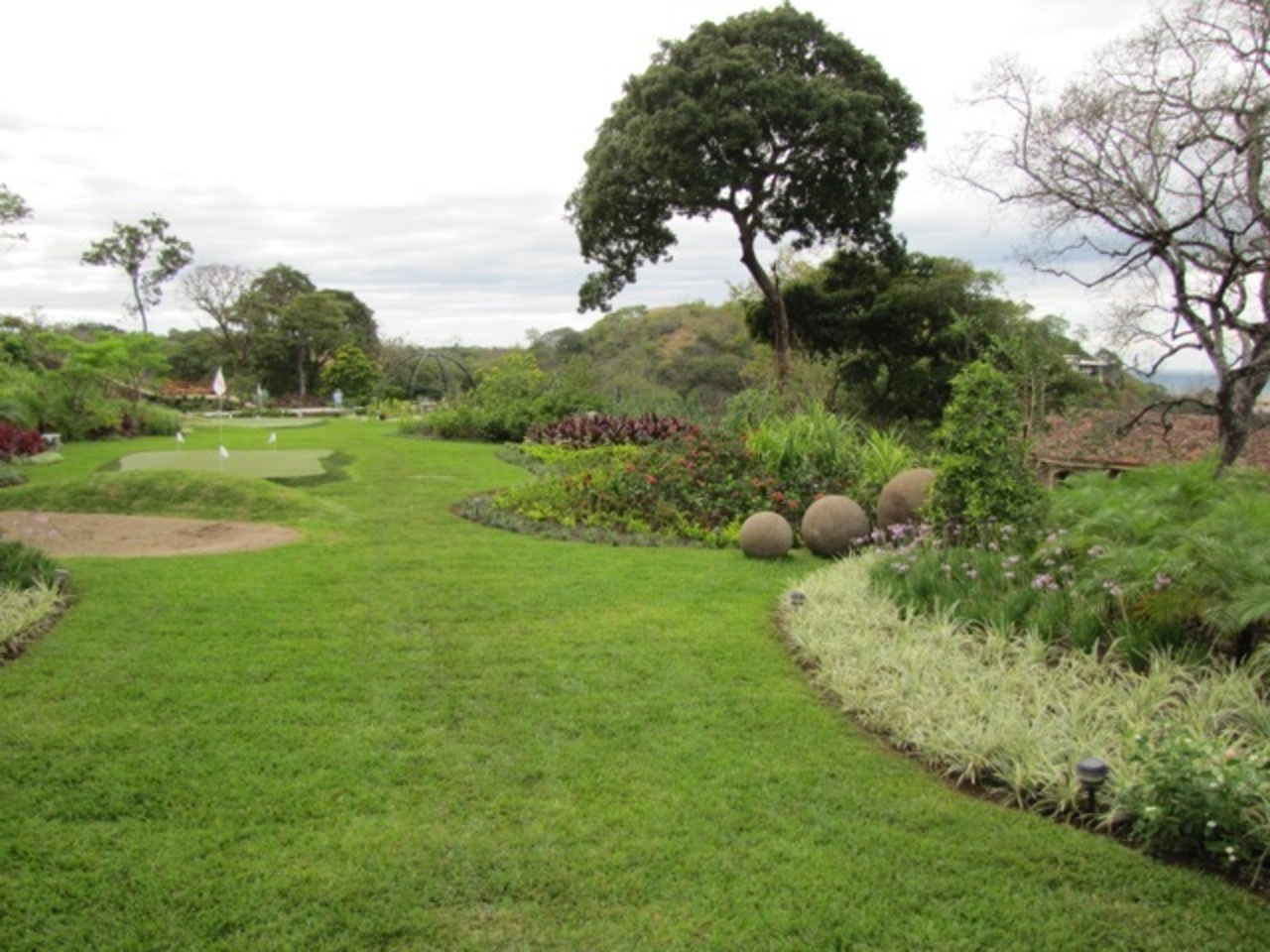

A Landscape Architect’s Perspective
Designing a quality garden is one of the most difficult problems any designer faces. Gardens are ever changing. What looks great in one season may look sparse and leggy another time of year. Trees that are small now may become too large or cast too much shadow in the future. You have to have a sense for the soil and moisture requirements of specific plants. You’ll deal with diseases and pests. Plants can be intolerant. If you live near the coast your plants need to tolerate salt. Gardens must be constantly tended in order to guide the garden to your intent. Gardens are rarely static.
And then there are the aesthetic and logistical aspects of the garden. A quality garden orchestrates the elements of art color, texture, light and dark, expansion and contraction, emphasis and contrast, as does a painter or sculptor. The difference here is that one normally dwells in it. You sit in the garden to socialize or contemplate, you move through the garden for different views, scents or feelings. Strong gardens incorporate a sense of entry, a path of movement, a feeling of enclosure. Gardens may enchant, create mystery as well as beauty and a connection with nature delighting all our senses.
Gardens often need assistance to keep their appearance and health. There are low and high maintenance gardens. But all gardens require some degree of care. Irrigation helps plants look their best and allows the use of plants that otherwise would not survive. Good irrigation design will use the minimum amount of water. Lighting will extend the beauty and mystery of the garden into the night. Hardscape such as paths and walls, trellises, pots and sculpture all become a part of the garden. There is no limit to the variety of materials a garden can employ.
So where do you start? Well, you need to have a vision or idea of what you want—a design concept. The concept need not be complete. It will change organically as soon as you begin. And, it will change over time as you learn more about horticulture, technology and design. Then consider your limitations: Budget, climate, space, soil, water, your time constraints, availability of plant and garden materials, sun and shade. Selecting the right plants for the right place is key.
I’ll talk about various aspects of creating a garden, or for that matter a landscape, in the next few blogs. You need not be a professional to make beautiful gardens. You simply need to read, talk, experiment and observe. Beautiful gardens are born of love and care. They reflect the qualities of their creators.










 Tue, 30 Apr 2013
Tue, 30 Apr 2013